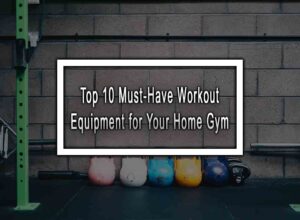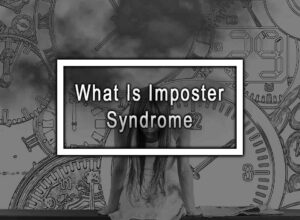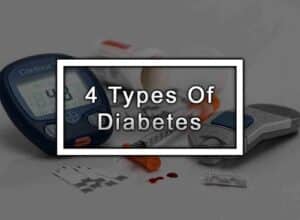Unveiling the Nighttime Nuisance: Sleep Apnea Symptoms and Treatment Explored
Wrestling with nighttime disruptions or feeling perpetually exhausted can be more than just an annoyance; it might signal a common yet serious condition known as sleep apnea. This silent intruder can affect your sleep quality, overall health, and daily performance. Recognizing the symptoms of sleep apnea is the first step toward reclaiming your rest. Equally significant is understanding the array of treatment options available that can alleviate your symptoms and enhance your well-being. In this introduction, we’ll explore both the indicators of sleep apnea and the treatments that can turn your sleepless nights around. Let’s embark on this informative journey to tackle sleep apnea symptoms and treatment, ensuring your dreams are as sweet as they are sound.
What Exactly Is Sleep Apnea, You Ask?
Sleep apnea is a serious sleep disorder where a person’s breathing repeatedly stops and starts during sleep. This condition can lead to significant health issues due to poor sleep quality and lowered oxygen levels in the blood. There are three main types: obstructive sleep apnea, the most common form, where the throat muscles relax; central sleep apnea, which occurs when the brain doesn’t send proper signals to the muscles controlling breathing; and complex sleep apnea syndrome, a combination of the two.
Sleep Apnea Symptoms
1. Snoring
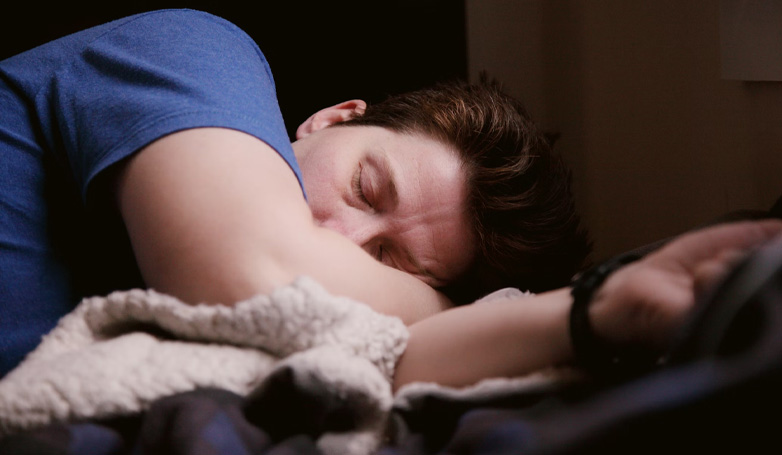
Characteristic of sleep apnea, snoring is not merely an annoyance but a red flag for disrupted breathing during sleep. Those with obstructive sleep apnea may exhibit loud and persistent snoring punctuated by silent intervals when breathing stops, followed by sudden gasps or choking sounds as breathing resumes. This cycle can repeat many times throughout the night, leading to a drastic reduction in sleep quality.
2. Morning headaches

Frequent, recurrent morning headaches are a common complaint among individuals with untreated sleep apnea. These headaches, often described as pressure or a dull ache, are a direct consequence of poor oxygenation due to repeated interruptions in normal breathing patterns. The consequent dilation of blood vessels to compensate for lowered oxygen levels leads to vascular headaches upon awakening.
3. Chronic daytime sleepiness
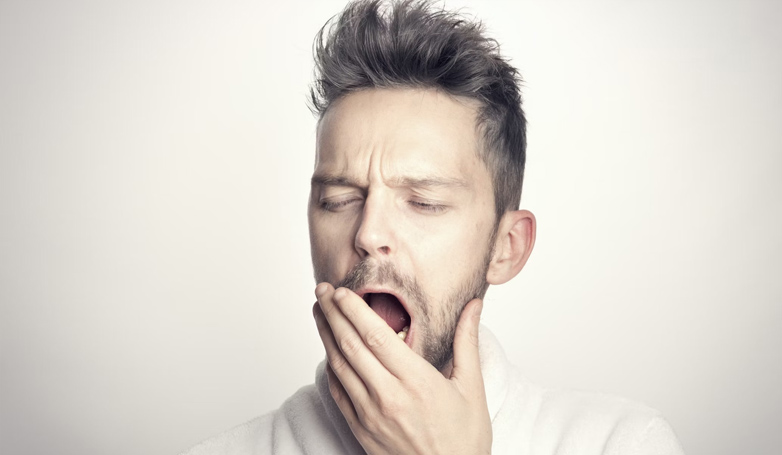
Individuals grappling with sleep apnea routinely experience profound daytime sleepiness, regardless of whether they spend adequate time in bed. Such unrelenting drowsiness, known as hypersomnia, significantly interferes with daily functioning, manifesting as a strong inclination to fall asleep during quiet moments or even during active tasks—a situation that elevates the risk of accidents and errors.
4. Fatigue

A hallmark of sleep apnea is persistent fatigue that lingers despite long hours of sleep. The constant overnight interruptions prevent the individual from achieving long segments of restorative deep sleep, thwarting the body’s ability to repair and recharge itself fully. This enduring sense of exhaustion can adversely affect both physical stamina and mental energy, impeding one’s capacity to perform routine tasks.
5. Irritability

The sleep deprivation experienced in sleep apnea often manifests as increased irritability and mood swings. This can strain interpersonal relationships and lead to broader emotional consequences, such as heightened stress, anxiety, and even long-term depression. As restorative sleep continues to elude the individual, emotional resilience wears thin.
6. Impaired concentration

Sleep apnea’s impact extends to cognitive deficits, where those affected experience conspicuous problems with memory, concentration, and decision-making. Fragmented sleep impairs the brain’s ability to process information and consolidate memory, making even simple tasks seem laborious. This cognitive fog can be detrimental to an individual’s work performance, academic potential, and overall quality of life.
Treatment Tactics: The Sleep Apnea Avenger’s Toolkit
It’s time to fight back! Combat the sleep-snatching culprit with the following arsenal:
CPAP to the Rescue
The Continuous Positive Airway Pressure machine is like your trusty sidekick, ensuring you breathe consistently all night long.
Mandibular Advancement Device (MAD):
This gadget pulls double duty by keeping your airways open and giving your jaw a helping hand.
Weight Warfare
Shedding extra pounds can help alleviate symptoms and might even send sleep apnea packing.
Operation Position
Training yourself to sleep on your side rather than your back can open up your airway and potentially quiet that bed concert you’ve been giving.
Alcohol and Sedatives
These sleep-faux-friends relax your throat muscles too much, leading to airway collapses.
Surgery
When other treatments won’t cut it, various surgical options may be the path to your slumber salvation.
Charting a Course to Recovery with Sleep Apnea Symptoms and Treatment
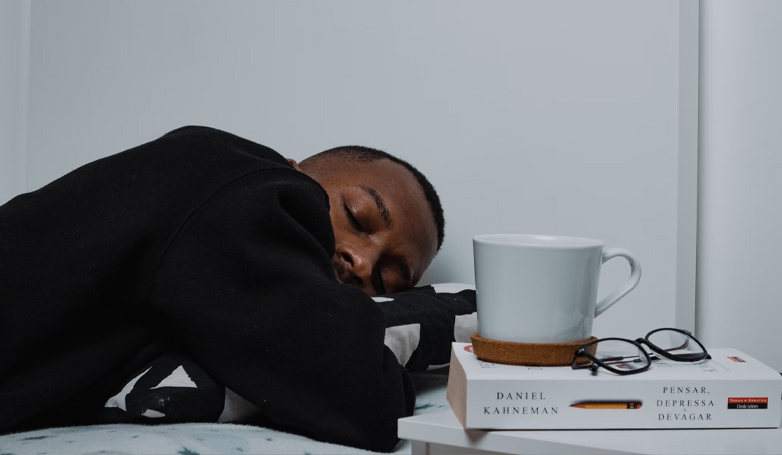
As we draw this enlightening conversation on sleep apnea symptoms and treatment to a close, the importance of vigilance and responsiveness in the face of such a complex condition cannot be overstated. The journey from recognizing the disruptive symptoms to implementing an effective treatment is indeed a personal and transformative quest. Those affected can find solace in the abundance of innovative and customizable treatment options that can considerably enhance the sleep experience. In closing, let this be an encouraging call to action for anyone navigating the challenging terrain of sleep apnea: reach out to medical experts and seize the treatments at your disposal to reclaim the night and awaken to a brighter, more energetic tomorrow.
Sleep Apnea Symptoms and Treatment FAQs
Here are the most common questions about the sleep Apnea Symptoms and Treatment
1. Can I use over-the-counter devices for sleep apnea?
Over-the-counter (OTC) oral devices for snoring are available, but they are not FDA-approved for the treatment of sleep apnea. It’s important to use a device that is professionally fitted and approved for the treatment of sleep apnea to ensure effectiveness and safety. OTC devices may not adequately address the condition and could exacerbate it or cause other complications.
2. Can children have sleep apnea?
Yes, children can have sleep apnea. Symptoms may differ somewhat from adults and can include poor school performance, bedwetting, hyperactivity, and behavior problems. Pediatric sleep apnea is often associated with enlarged tonsils and adenoids.
3. Is sleep apnea serious?
Yes, if left untreated, sleep apnea can lead to several serious health problems, such as cardiovascular disease, diabetes, chronic acid reflux, and accidents due to a lack of concentration and daytime sleepiness.
4. Can sleep apnea go away on its own?
Sleep apnea might improve with lifestyle changes, especially if weight loss is achieved in cases where obesity is a contributing factor. However, the condition often does not go away on its own without treatment.
5. Can sleep apnea affect pregnancy?
Untreated sleep apnea can have negative consequences during pregnancy, including gestational hypertension, preeclampsia, gestational diabetes, and potential risks for the fetus. Pregnant women who are experiencing symptoms of sleep apnea should consult their healthcare provider.




